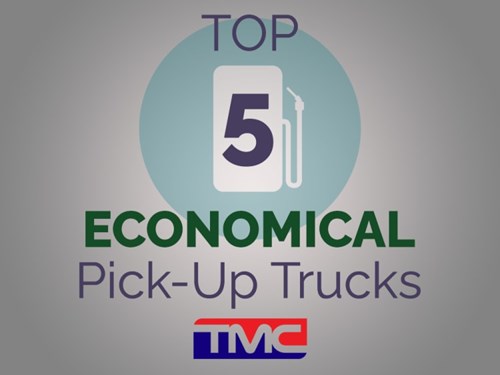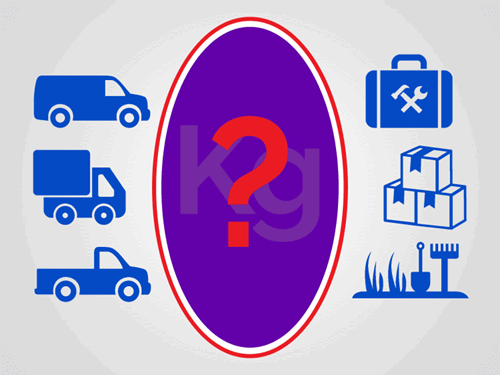- SHORTLIST
- BUY ONLINE
- TALK ON LIVECHAT
How To Drive A Pick-Up Truck For The Very First Time Without Making A Fool Of Yourself
It can be all too easy, when climbing into a used pick-up truck for the very first time, to assume that operating it will be just like driving a slightly bigger car. However, as many people quickly find out, this is not exactly the case. Even if you have driven a pick-up truck before, if you trade it in for a different second-hand model, there will inevitably be differences that you will need to get used to.
As well as everything feeling bigger inside the vehicle, there are other things about the experience that you need to bear in mind in order to keep yourself safe – and your pride intact – when out on the public roads.
Bigger Is… Better?
You will be well aware that a pick-up truck will be larger in size than a standard car, but have you thought about what this means when it comes to actually driving it? It will be harder to get into and everything will be spaced that bit further apart. Before you turn on the engine, spend some time just sitting in the driving seat while you are still at the pick-up truck dealers. Work out where everything is and how to operate it safely without having to stretch too much to do it. Make sure the seat is adjusted to your shape and size, and that the mirrors are lined up correctly before setting off for a test drive or to take your new purchase home.
Watch For Blind Spots
As you will be sitting higher up than normal in a used pick-up truck, the position of any blind spots will also differ. The larger the vehicle, the bigger the blind spot will be, so you need to be extra careful when checking around you for pedestrians, obstacles and other vehicles. Pay extra attention to look out for smaller hazards, such as little children and animals, who will be lower down and harder to see. You can install backup cameras and extended mirrors to help with this if you are concerned about this aspect of buying a used pick-up truck.
Reverse And Brake With Care
When putting your pick-up truck into reverse, remember that the field of vision may well be rather more limited than you are used to in vehicles that sit closer to the road. Remember when reversing that you are in control of a powerful, heavy vehicle that can cause significant damage if it is backed into something – or someone – in error. Take more time than you would in a smaller vehicle and check your surroundings thoroughly before setting off in reverse. It’s the same for braking. The larger the vehicle, the more time it will take to stop, so factor this into your braking decisions and hit the pedal sooner, rather than later. Always check your surroundings before braking and leave more space between you and the vehicle in front to avoid causing a collision.
Leave Space For Turns
Talking of space, another situation which sees pick-up trucks requiring more space than other, smaller vehicles is when you need to make a turn. While the steering mechanism is largely the same as in a car, a heavier vehicle will not react as quickly, so you need more space to actually carry out the turn. It will also feel very different at first. Watch out when approaching sharp turns, as these can be harder to navigate in a more cumbersome vehicle. Plan driving routes in advance so that you can see where any difficult turns may be lurking – and work out how to take different roads to avoid them if you feel nervous about tackling them.
Practice Makes Perfect
Finally, as with so many skills and new experiences, the more you practise driving your pick-up truck, the more proficient you will become at it. Take it to quiet roads, car parks and places where you can drive around uninterrupted by other traffic. Consider booking a refresher driving course, or some specialist pick-up truck lessons to familiarise yourself with your new vehicle. You might even think about a basic truck maintenance course to help you fix simple problems, should they crop up. As your confidence builds, you can take longer journeys and start to integrate your pick-up truck more and more into your daily life and driving routines.




